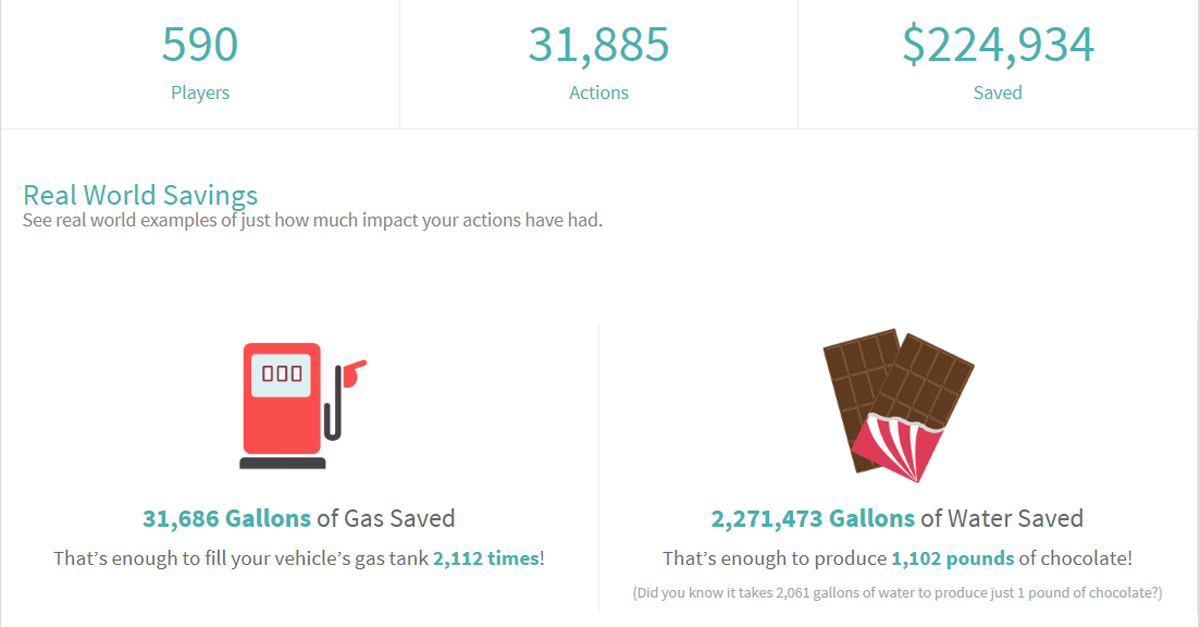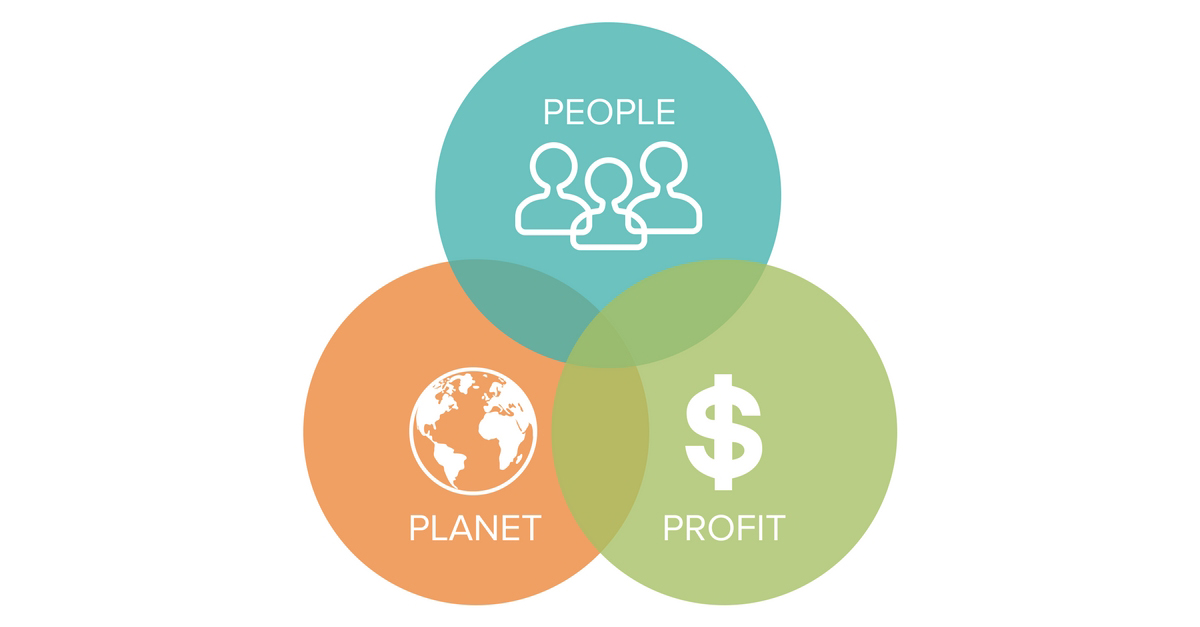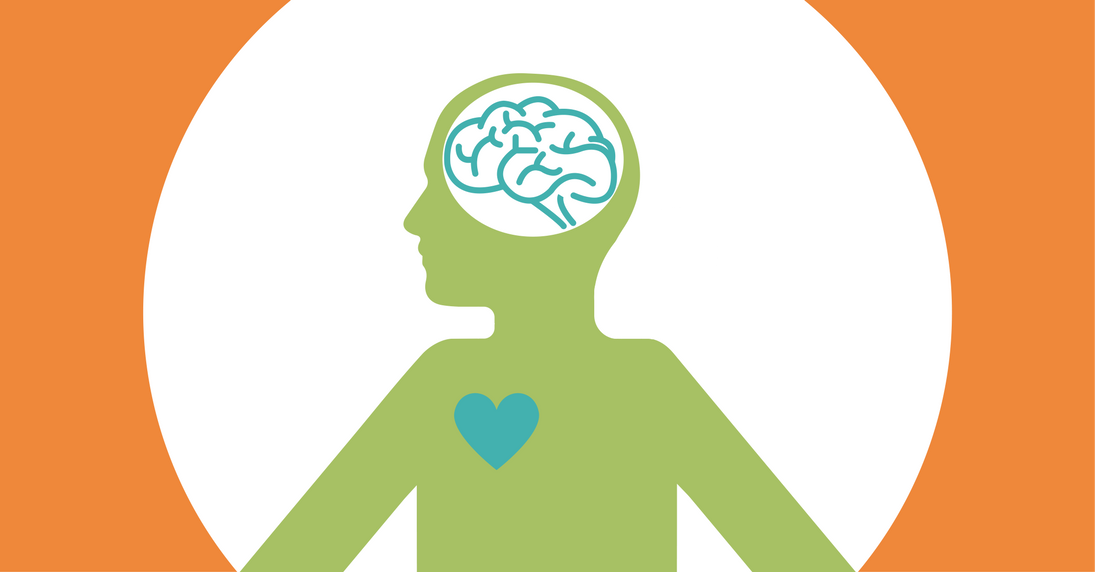Webinars
Culture Change
Culture Change—You Need It So How Do You Know If You’ve Got It?
Achieving aggressive sustainability goals—whether within corporate operations or as part of a community’s quest for zero carbon emissions—is an enormous task.
In the early phases of any entity’s sustainability efforts a committed green team can do a lot. A small group of people can identify and address opportunities. As a company (or community) become more efficient, though, the projects get more complicated. And the projects involve more stakeholders. One of the ironies of sustainability efforts is that the more you succeed the more challenging it is to expand that success.
Sooner or later—especially if you’ve got aggressive goals—success requires all hands on deck. A company can’t achieve zero landfill unless everybody does their part in the lunch room. Similarly, a dramatic reduction in fleet emissions is possible only if every driver does their part.
Achieving aggressive sustainability goals requires culture change.
At Cool Choices we talk a lot about the need for culture change. We share stories from partners who’ve got “an entire employee population moving in the same direction.” We love that moment when our partners get it–when they see culture change happening in their organization.
How do you know, though, if you are achieving culture change?
Immediate Savings Plus Insightful Data: Making Cool Choices

When Cool Choices implements a sustainability engagement program, we inspire participants to adopt new practices at work and home, we get people talking about sustainability, and we show people how their actions matter. In addition, we provide our partners—the corporate sustainability director or the community green team—with data and insights that can help these leaders build on the momentum we’ve created together during the program.
More Than Home Energy Reports: Behavior and Energy Efficiency

Wondering how you can influence behavior to reduce energy usage among businesses as well as residents?
Over the last decade, energy efficiency programs—faced with aggressive goals and fewer easy wins relative to technology—began seeking to change participant behaviors, especially at the household level. One strategy—home energy reports—dominated the program design. Home energy reports feature a model where participants receive feedback on how their energy usage compares to other homes—leveraging social norms. There is now plenty of research proving that households will reduce their energy usage if they learn that their consumption is higher than other peer households.
However, one of the challenges with the home energy report model, is that while we know that households reduce their usage, we don’t know how they reduced their usage, or for how long those reductions will persist.
Achieving Triple Bottom Line Results via Employee Engagement

More and more, companies are making a commitment to sustainability and social responsibility, alongside increased profits. In fact, diligence with the first two can have significant influence with consumers. How entities prioritize and measure the performance of all three is known as a triple bottom line accounting framework. Ultimately, entities want sustainability and social solutions that benefit the triple bottom line—solutions that deliver value to people (customers, employees, and stockholders,) the planet (wise resource use,) while also increasing profits.
Employee Engagement: Don’t Overlook Hearts & Minds

Corporate sustainability leads often spend a lot of time on technology—identifying the upgrades that will reduce water, energy and emissions. At one level that focus makes sense, especially right now when there’s so much emerging opportunity around smart devices.
Amid the enthusiasm for technology, though, it’s important to remember that people—employees—are at the core of every operation.
Building Momentum Around Sustainability

Environmental sustainability is one of those interesting fields where being successful can make your work more challenging going forward—reducing waste gets harder and harder as you have less waste to eliminate.
Engaging Employees to Accelerate Sustainability Efforts
We say it a lot as an explanation of what we do; “we help companies accelerate their corporate sustainability efforts via employee engagement.”
But how exactly does employee engagement accelerate sustainability?
Speak Up! Share How You’re Hitting Sustainability Goals!

While the US government scales back its response to climate change, businesses are taking the lead in reducing resource use, cutting emissions and eliminating landfill waste. There are nearly constant headlines about the efforts of big companies—from Apple’s efforts to transition from newly mined minerals to recycling used components to Unilever’s overall leadership that helps it attract and retain talent—examples abound.
Sustainability from the Employee Perspective
Over the course of the sustainability programs we implement with our corporate partners we always solicit employee suggestions—ideas for reducing waste and increasing efficiency at these companies.
We get a lot of ideas; in a typical program, participants submit hundreds of suggestions associated with saving energy, water and fuel while also reducing landfill waste.
Recently we analyzed the ideas we received from all of our 2016 programs to look for patterns and lessons learned as a resource for sustainability leaders. The full results are available in our “Employee Perspectives on Sustainability” white paper.
It’s Time for a Sustainability – HR Coalition
Employee engagement is a hot topic in HR circles. Experts estimate that up to 70% of US workers are not engaged at work and, further, that this disengagement costs companies about $500 billion annually. Disengaged employees are more likely to provide poor customer service, they are more prone to accidents, more likely to take sick days and they are less productive. So it’s no wonder that human resource teams are concerned about measuring and increasing engagement. At the same time, some sustainability leaders inside companies are struggling too. Facing aggressive year-after-year goals, these folks are wondering where they will get the next round of savings. Sustainability leads need fresh ideas and, ultimately, all hands on deck to generate savings.
It’s time for some creative cross-functional collaboration. A coalition, if you will.




